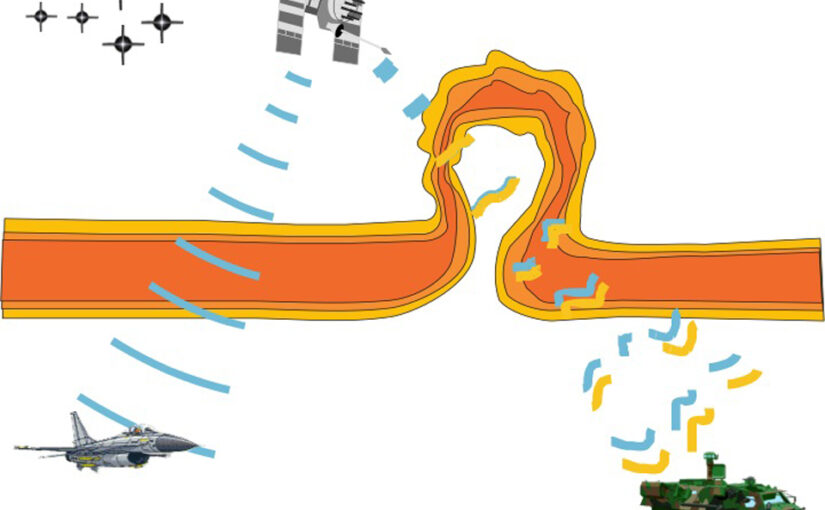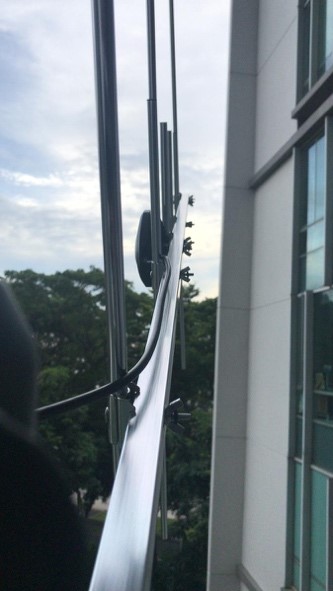Radio signals passing through the ionosphere can be affected by small irregularities of the ionospheric plasma. This phenomenon is called radio scintillation and can strongly disturb or disrupt the signal transmission. As a result it can prevent a GPS receiver from locking on to the signal and can make it impossible to calculate a position. Less severe scintillation conditions can reduce the accuracy and the confidence of positioning results.
Transionospheric radio scintillation is statistically characterized by two parameters, amplitude and phase fluctuations indices, denoted respectively by S4 and σφ .
S4 is defined as the ratio of the standard deviation of signal intensity and the average signal intensity. Amplitude scintillations are prominent near the geomagnetic equator. They almost appear regularly in the evening hours.
σφ is defined as the standard deviation of a linearly detrended phase data segment. Phase scintillations are prominent in high latitudes, and their occurrence rate increases with geomagnetic activity.
SARTS received a request for statistics or help in acquiring statistics of ionospheric scintillation in the VHF range. VHF is not a common frequency range used in space infrastructure and there seems to be a lack of statistics in the area between tropics, where the ionosphere is bubbling quite frequently.
For interest or feedback, please comment below or contact the webmaster (9V1KG).
Sources:
https://www.swpc.noaa.gov/phenomena/ionospheric-scintillation
https://swe.ssa.esa.int/tio_sci
https://www.nasa.gov/mission_pages/cindi/scintillation.html

